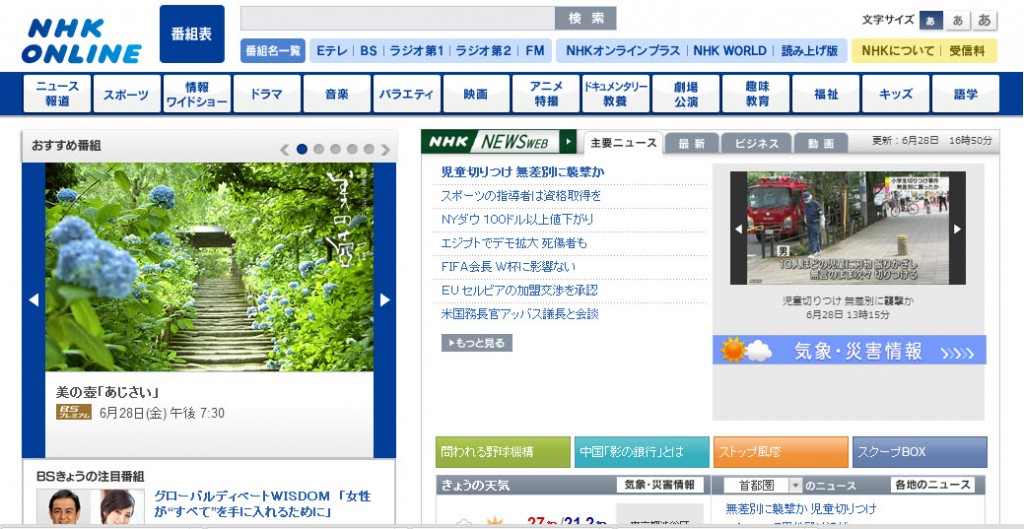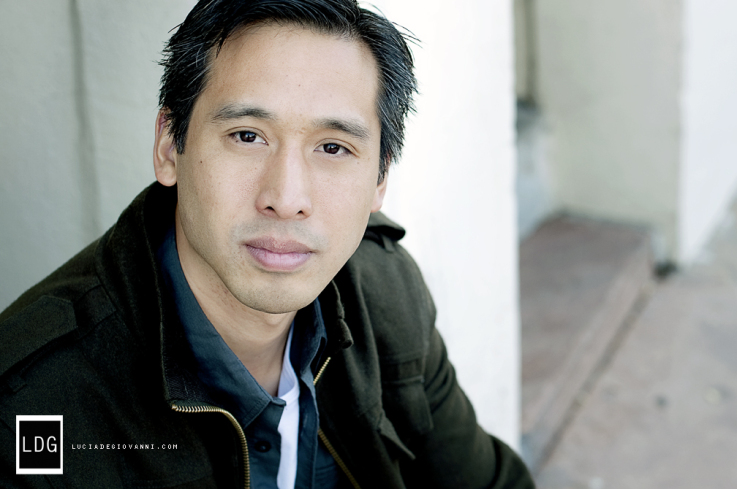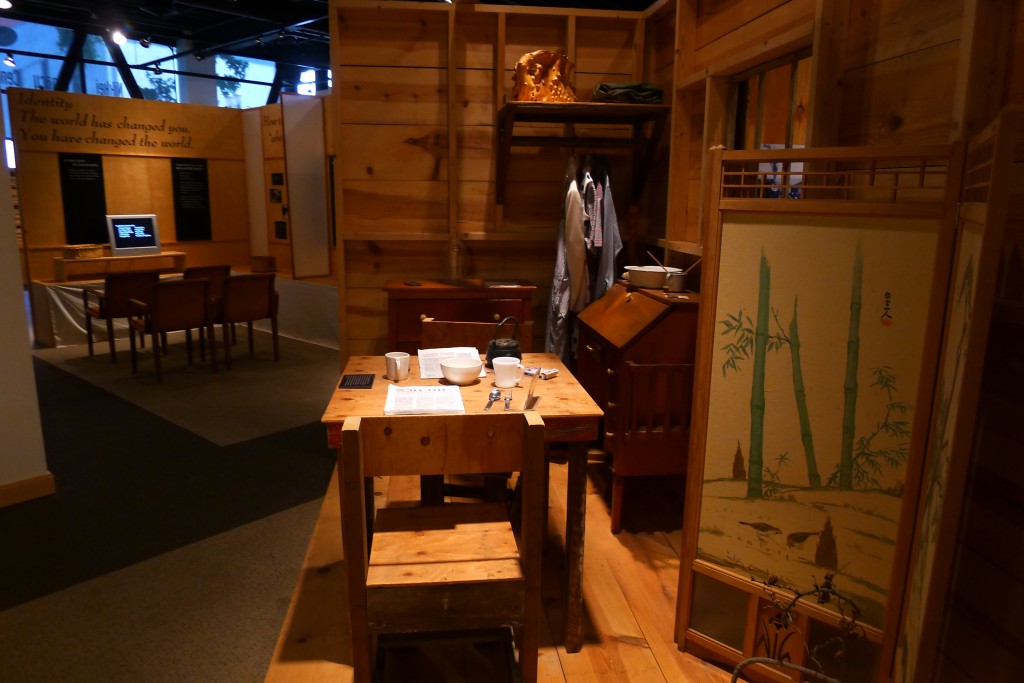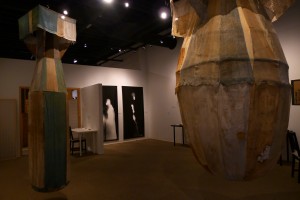I was amused to see a recent news story about a 71-year-old Japanese man, Hoji Takahashi, who has sued Japan’s public television broadcaster, NHK. His reason for filing suit? He’s suffering “mental distress” because of what he considers NHK’s excessive use of foreign words.
He’s no elderly gadfly with a silly gripe. He’s a member of an organization that is dedicated to preserving the Japanese language, so this is an organized effort to try and stop the influx of foreign words. What foreign words, you ask? Here are a few cited by news reports including from the BBC:
If you tune into NHK’s news or entertainment shows, you can easily make out words such as “toraburu” for “trouble,” “risuku” for “risk” and “shisutemu” for “system.” I’ve been at my mom’s house when she has NHK satellite programming on and I’ve heard “toppu hoh-ty” for “Top 40” in a story about pop music, and many other words that I can make out as English, albeit somewhat mangled in pronunciation.
My mom isn’t a member of any group fighting this trend, but she’s griped to me plenty about the same issue.
Continue reading














